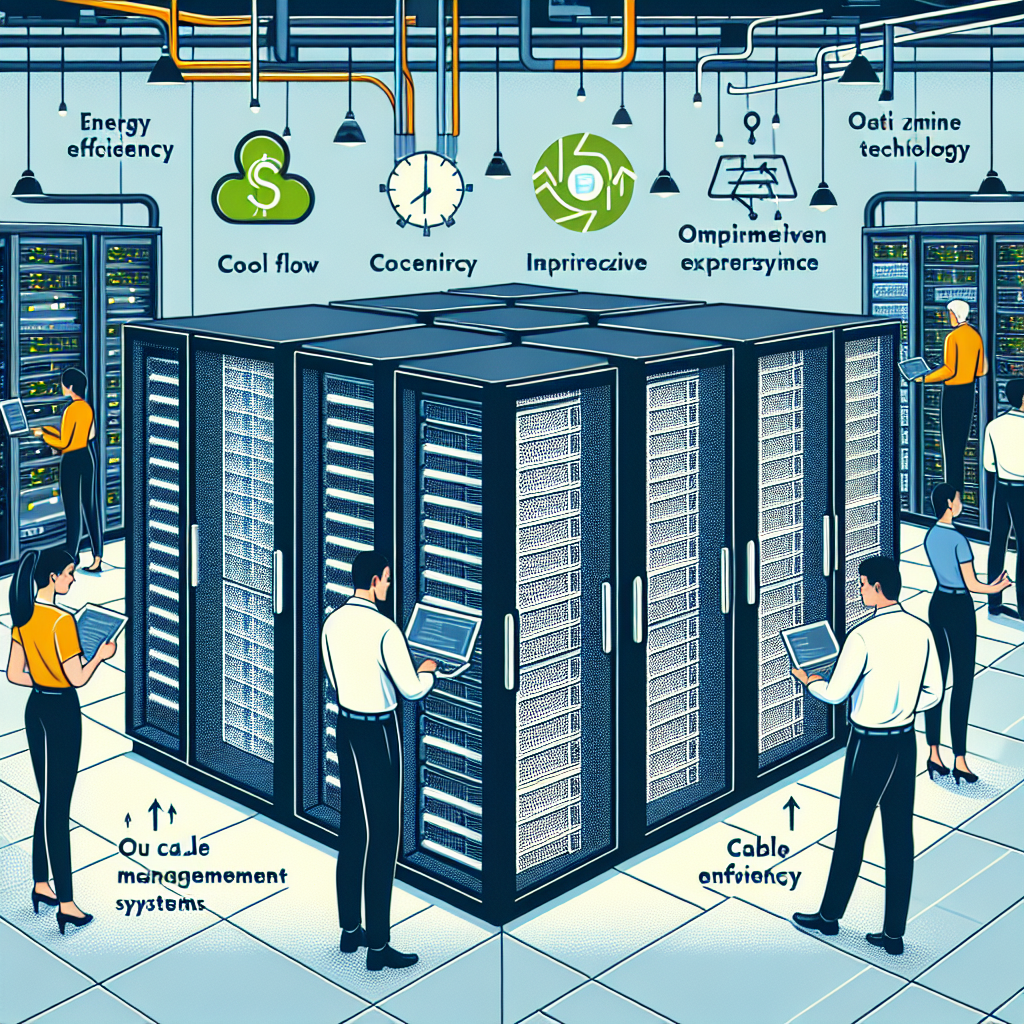Fix today. Protect forever.
Secure your devices with the #1 malware removal and protection software
In today’s digital age, data centers play a crucial role in storing and processing the vast amounts of information generated by businesses and individuals. As such, it is essential for data center facilities to be optimized for peak performance in order to ensure smooth operations and maximize efficiency. Here are some tips and techniques to help achieve this goal:
1. Efficient Cooling Systems: One of the key factors in optimizing data center facilities is ensuring that the cooling systems are efficient and effective. Proper airflow and temperature control are essential to prevent overheating and ensure that the equipment operates at its optimal performance levels. Consider implementing hot aisle/cold aisle containment systems and utilizing energy-efficient cooling technologies to improve cooling efficiency.
2. Regular Maintenance and Monitoring: Regular maintenance and monitoring of data center equipment are essential to identify and address potential issues before they escalate into larger problems. Implementing a comprehensive maintenance schedule and using monitoring tools to track performance metrics can help prevent downtime and ensure that the facility operates at peak performance levels.
3. Power Management: Power management is another critical aspect of optimizing data center facilities. Implementing energy-efficient power distribution systems, utilizing virtualization technologies to consolidate servers, and implementing power-saving features on equipment can help reduce energy consumption and lower operating costs. Consider deploying renewable energy sources, such as solar or wind power, to further reduce the facility’s carbon footprint.
4. Redundancy and Backup Systems: To ensure uninterrupted operations and protect against data loss, it is essential to implement redundancy and backup systems in data center facilities. Utilize redundant power supplies, backup generators, and uninterruptible power supply (UPS) systems to ensure continuity of operations in the event of a power outage. Implementing redundant networking and storage systems can also help prevent data loss and ensure data availability.
5. Scalability and Flexibility: Data center facilities should be designed with scalability and flexibility in mind to accommodate future growth and changing business needs. Implement modular designs and flexible infrastructure solutions that can easily be expanded or reconfigured to meet evolving requirements. Consider utilizing cloud services and colocation facilities to scale resources as needed and optimize performance.
In conclusion, optimizing data center facilities for peak performance is essential to ensure smooth operations, maximize efficiency, and reduce downtime. By implementing efficient cooling systems, regular maintenance and monitoring, power management strategies, redundancy and backup systems, and scalability and flexibility measures, businesses can achieve optimal performance levels in their data center facilities. By following these tips and techniques, organizations can ensure that their data center facilities are well-equipped to meet the demands of today’s digital landscape.
Fix today. Protect forever.
Secure your devices with the #1 malware removal and protection software

Leave a Reply
You must be logged in to post a comment.